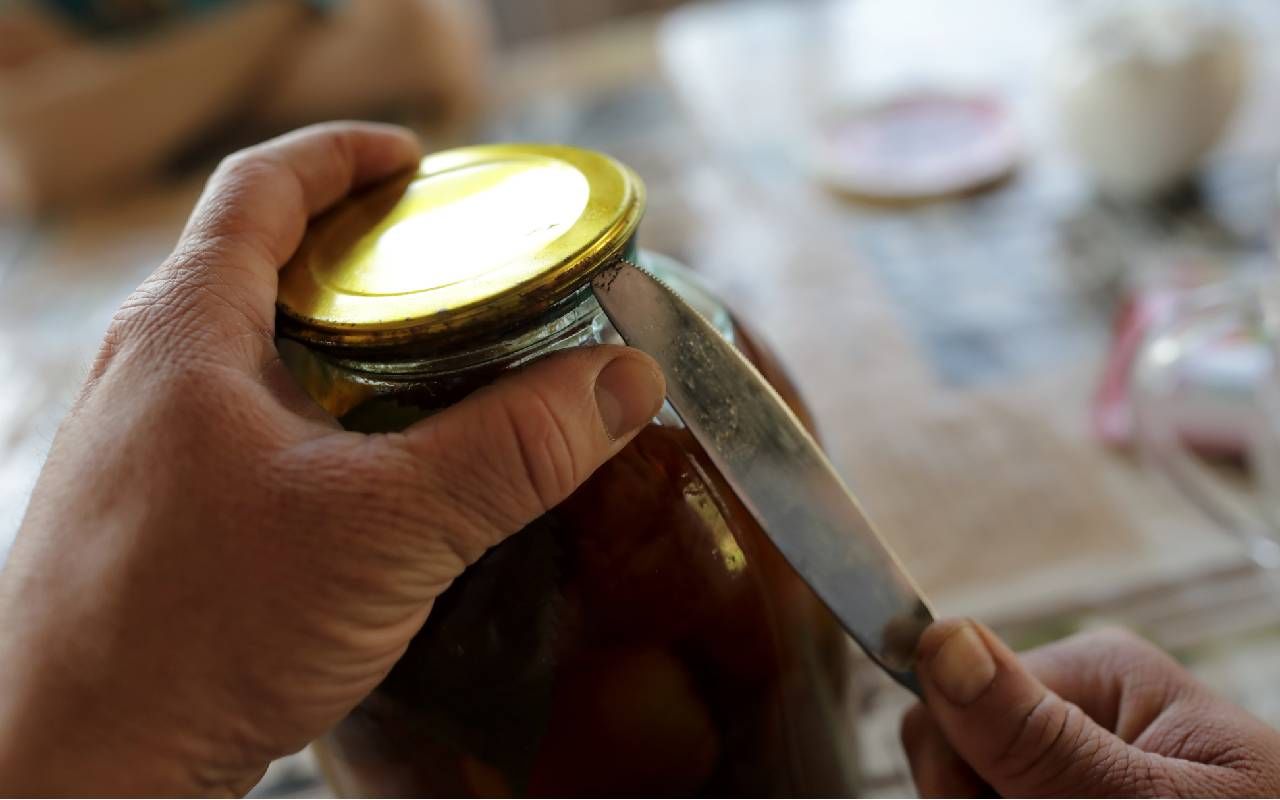Getting a Grip on Hand Strength
Clinicians have begun to recognize that grip strength relates to overall health. Recent research has linked a decline in grip strength to a range of health issues.
I broke both my arms badly the summer I turned 13. I've always had weak wrists and now that I'm older, I wonder if my injuries more than 50 years ago have an impact on my weakening grip. It's possible, but more important is focusing on how to get my grip back.

One school of thought believes strong bodies have strong hands, or oppositely that weak grip strength can indicate potential health issues.
Take a close look at your hands. As one of the most complex structures in the body, the hand consists of 27 bones, 34 muscles and numerous arteries, blood vessels, nerves, tendons and ligaments. It's a miracle instrument that most of us take for granted. That is, until our hands don't function as they should, or we have pain.
Seemingly simple everyday tasks like opening doors, grasping handrails and turning keys all involve grip strength. Additionally, day-to-day responsibilities like holding a steering wheel, tying shoelaces or buttoning clothing, using utensils, chopping food, writing or typing also depend on our grip. Yet as we age, activities that require hand strength, like opening a jar or child-proof cap, become a struggle.
Coming to Grips
One school of thought believes strong bodies have strong hands, or oppositely that weak grip strength can indicate potential health issues.
Clinicians have begun to recognize that grip strength relates to overall health and recent research has linked a decline in grip strength to a range of health issues. A January 2024 issue of Journal of Health, Population and Nutrition states there is a correlation between low grip strength and diseases, such as Type 2 diabetes, cardiovascular disease, stroke, chronic kidney and liver disease, some cancers and sarcopenia.
Additionally, experts say that grip strength is an important biomarker to assess bone density and upper body strength.
Grip and Pinch Testing
Measuring grip and pinch strength offers insight for the patient's ability to perform daily tasks, and their overall health. So, how do doctors measure grip strength?
"Osteoarthritis, rheumatoid arthritis, carpal tunnel syndrome and tendonitis issues, like trigger finger, can cause a decrease in grip strength."
Some primary care physicians may ask patients to push down or up with their hands to determine strength. Hand specialists use mechanical device called a dynamometer to measure hand pressure and a pinch dynamometer to measure pinch strength.
Is Surgery the Answer?
Dr. Clayton Alexander, an orthopedic surgeon specializing in hand, wrist, elbow and shoulder surgeries at Mercy Medical Center in Baltimore, says that anything that causes pain in the hands will affect grip strength.
"That includes trauma — sprains, tears, lacerations or broken bones — from falls or other accidents," says Alexander. "Also, other conditions, osteoarthritis, rheumatoid arthritis, carpal tunnel syndrome and tendonitis issues, like trigger finger, can cause a decrease in grip strength."
Strokes, deQuervain's syndrome, autoimmune diseases and neuropathy are among other disorders that affect the hands, which in turn affects our grip.
"Grip strength can be a generalized measure of overall health," Alexander says. "Personal care, and the crucial things that help you take of yourself and stay independent, depend on grip strength."
Not all hand or wrist issues that affect grip strength require surgery. He says that surgery is meant to solve a specific problem that can be caused by a wide range of things. And in most cases, post-surgery therapy is critical.
"Working with a hand therapist is an integral part of my role as a surgeon," he says. "Compared to other areas of the body, therapy after hand surgery is very important."
"Muscles, nerves and joints like to move and when they don't move because it's painful, it creates inflammation — it's a vicious cycle."
Alexander says that how soon physical therapy should begin really depends on the surgery. Additionally, sometimes hand and wrist pain or low grip strength issues don't require surgery and could benefit from physical therapy alone.
Physical or Occupational Therapy
Doctor of Physical Therapy Kim Contryman, owner of Blue Ridge Physical Therapy in Johnson City, Tennessee, has been practicing for nearly 33 years. She says there's significant overlap between physical and occupational therapy disciplines.
The goal of each field of therapy is to improve a patient's quality of life and, hopefully their independence. Both fields employ certified hand therapists who specialize in hand and wrist conditions, focusing on techniques for strengthening, pain management and range of motion, all which affect grip strength.
"Controlling the inflammation is the biggest issue. If we can control the inflammation, it's going to allow the hand to heal quicker," Contryman says. "Muscles, nerves and joints like to move and when they don't move because it's painful, it creates inflammation — it's a vicious cycle."
Contryman says the type of therapy depends on what the patient is experiencing. If they're in a flared state, the best thing to do is rest and limit the inflammation. Therapists may use cold therapy if they're inflammed, or heat to get fluids moving, but she says it really depends on the patient because some don't respond well to cold.
"We educate patients about how to do things differently. We try to reduce stress on the joint that is already inflamed. If we can strengthen the muscles around the joints, they can absorb some of the stress that is going to the joints themselves," she says.
Occupational therapists also work with patients suffering with hand conditions. Occupational therapy focuses on helping patients improve skills necessary to gain or regain their independence.
Doctor of Occupational Therapy Sarah Whitworth is a certified hand specialist who has 16 years' experience. She explains that occupational therapists' goal focuses on getting patients back to doing everyday tasks, many which require grip strength.
"Most times when patients come in with hand or wrist pain without an acute injury, it's arthritis. Whitworth explains. "If you're having grip issues, it could be due to wrist weakness."
"Use modifications to reduce the stress on your joints like clothing that doesn't use buttons or zippers."
Osteoarthritis is a degenerative condition that erodes the cushioning in the joints, which become stiff, painful and slightly enlarged. She explains that hand therapists create custom molded splints for arthritis patients to use at night.
"The splints keep patients' wrists and hands in a neutral position while they sleep, which sends blood flow to the arthritic areas to help with inflammation," Whitworth says. "Also, we teach people how to exercise their hands without repetition because that aggravates arthritis."
Exercises and Modifications
Experts agree that working with a hand specialist is optimal as they can advise patients on gentle exercises for increasing grip strength. Touching the fingers to the thumb, making a fist and opening it and spreading the fingers apart. Performing wrist curls using a light weight strengthens muscles and improves wrist stability. Gently squeezing a stress ball or putty without too much repetition can improve grip strength.
Hand specialists also teach patients practical applications for everyday tasks by using modifications, such as using larger pens or utensils, jar-opening devices, bigger sports-equipment grips and changing door handles from knobs to levers.
Therapist and Hand-Surgery Patient
Janis Fleming-Square is an occupational therapist who used her hands repetitively during her 28-year career. That overuse caught up with her, resulting in painful arthritis. Earlier this year, she had joint replacement surgery, followed with using a splint at night.
Ten days after the surgery, she began occupational therapy and after three months, Fleming-Square can perform some everyday tasks like brushing teeth and cutting food. Yet, she still has limited range of motion and a weak grip — something she and her hand therapist are working on.
As a hand specialist and patient, she has advice for anyone suffering with hand conditions.
"The old saying, 'work smarter, not harder' applies," Fleming-Square says. "Use modifications to reduce the stress on your joints like clothing that doesn't use buttons or zippers. Be gentle with your hands and wrists, but use them to maintain range of motion, grip strength and to keep them pain-free. And the bottom line is don't wait if you have hand pain or concerns about your grip strength. See a hand specialist."


